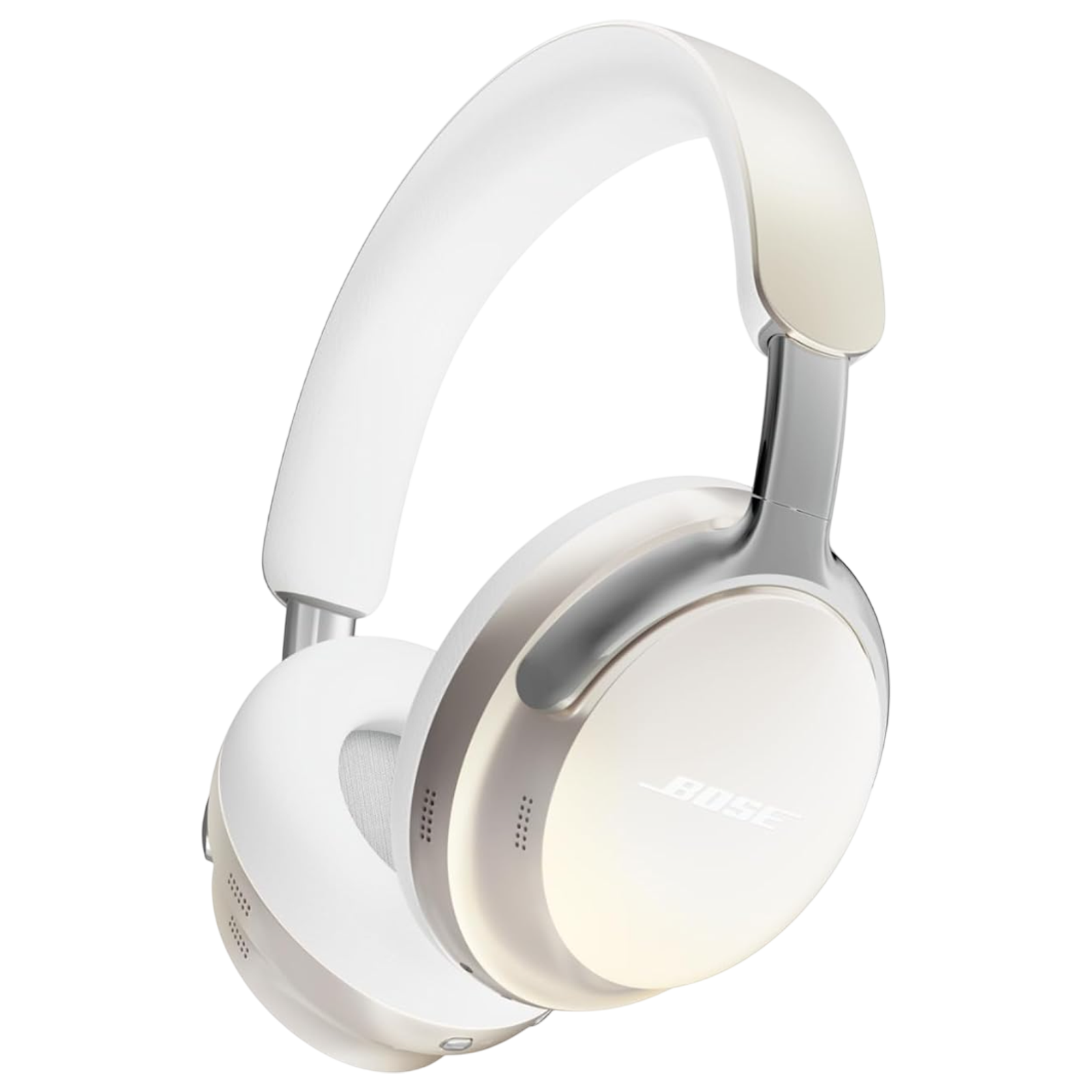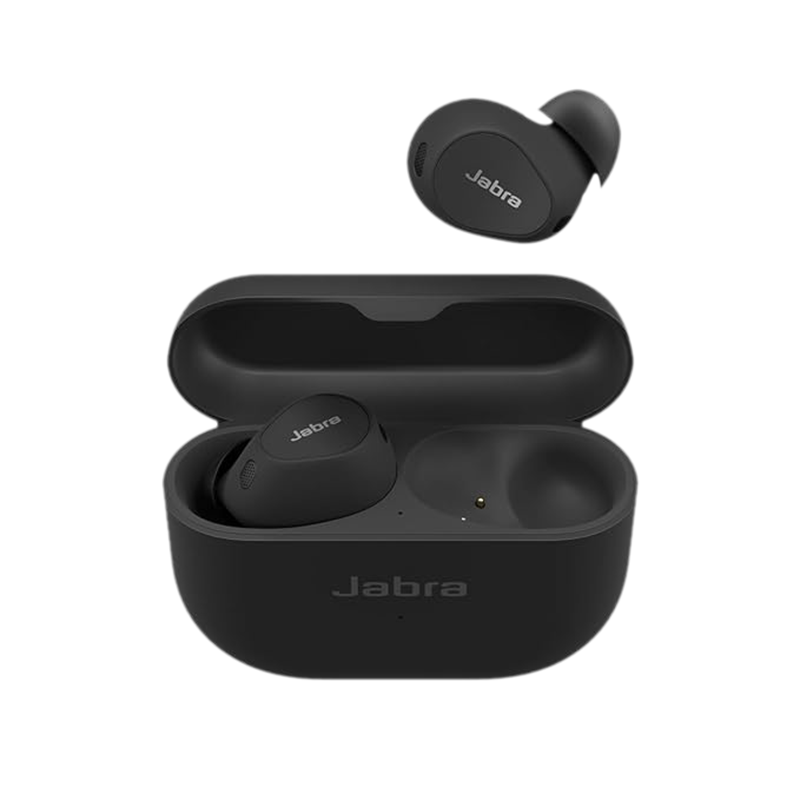Imagine this: you’re settled comfortably on your balcony, sipping on a cup of freshly brewed coffee, your playlist serenading the evening through your wireless earbuds. But as you step inside to refill your cup, your music begins to stutter, crackle, and eventually drops out altogether. We’ve all been there – Bluetooth’s dreaded distance dilemma strikes again.
But what if there were a better way? What if the Wi-Fi we rely on every day to binge-watch shows, take video calls, and connect our homes could also seamlessly stream pristine, lossless audio directly to our ears?
Enter Qualcomm XPAN technology, a revolutionary approach aiming to bridge the gap left by Bluetooth and redefine the very idea of wireless audio.
Breaking Bluetooth's barrier
Bluetooth has long been the go-to wireless audio solution, but its limits have always been clear. Range issues, occasional dropouts, and compressed audio quality have frustrated even casual listeners, let alone audiophiles craving pristine sound. Qualcomm’s XPAN technology tackles exactly these problems.
Think of Bluetooth as an old two-lane highway – serviceable, but crowded and slow at peak hours. XPAN, however, opens the freeway to audio data, expanding bandwidth and drastically improving reliability.
ALSO READ: How to connect Bluetooth headphones with your laptop
“Wi-Fi-enabled audio is advancing wireless connectivity by extending range, improving reliability, and supporting higher-fidelity sound,” says Prabhu Ram, VP – Industry Research Group (IRG) at CyberMedia Research (CMR).
“Solutions like Qualcomm’s XPAN technology address Bluetooth’s range and bandwidth limitations by enabling seamless transitions between Bluetooth and Wi-Fi, ensuring a consistent listening experience across home, office, and public spaces,” he adds.
What makes Qualcomm XPAN special?
The magic behind XPAN lies in its hybrid connectivity. At its core, XPAN allows audio devices like earbuds or headphones to connect simultaneously via both Bluetooth and Wi-Fi.
We recently checked out the Xiaomi Buds 5 Pro at MWC 2025 which employed this very technology, indicating that the technology is ready for mass adoption.
XPAN intelligently monitors signal strength, bandwidth, and network conditions in real-time, automatically selecting the optimal pathway to deliver the best possible audio quality.
Here’s how it works: while Bluetooth connections typically stream compressed audio due to limited bandwidth, XPAN on Qualcomm’s S7 Pro platform leverages Wi-Fi’s inherently wider frequency channels and faster data rates, enabling streaming of 24-bit, 96kHz lossless audio.
This ensures you hear music exactly as it was intended on earphones like the Xiaomi Buds 5 Pro. Without compression artifacts or quality loss. Moreover, since Wi-Fi has significantly greater range than Bluetooth, XPAN maintains a stable and continuous audio stream even as you move freely throughout your home or office.
This automatic switching between Wi-Fi and Bluetooth isn’t just smarter – it’s faster and smoother, preventing drops or interruptions that commonly plague Bluetooth-only devices. It’s akin to your earbuds automatically switching from a congested side street onto a clear expressway, ensuring the music never misses a beat.
Brands have already begun partnering with Qualcomm to implement its XPAN technology in their audio products. Current Snapdragon Sound partners include Audio-Technica, Shure, Bose, Edifier, Jabra, LG, and, of course, Xiaomi. So, we could see audio products employing this tech getting deployed into the market at a rapid pace, very soon.
Experiencing true lossless sound
Lossless audio is the holy grail for anyone serious about music. Until recently, Bluetooth’s bandwidth limitations meant compressing music, losing crucial details along the way. But Wi-Fi-based streaming via XPAN provides the freedom to fully enjoy music’s nuances – much like sipping a carefully brewed artisanal coffee versus settling for instant.
“XPAN enables support for truly lossless audio streaming,” Qualcomm’s head of wearables, Dino Bekis, explained to The Verge. “This takes your experience beyond Bluetooth’s limitations, providing a more seamless and immersive listening experience.”
Bekis perfectly encapsulates the promise of XPAN. It’s a shift from merely listening to your music to truly living it.
More than just better sound
XPAN’s implications extend beyond personal enjoyment. Imagine attending a large conference or concert venue, where typically Bluetooth devices compete and drop connections amidst the sea of interference. XPAN’s Wi-Fi capabilities could maintain stable, reliable audio streaming, enhancing how we interact in crowded spaces.
Or picture smart home ecosystems where your music seamlessly follows you from room to room without interruption. The future of audio might not just sound better – it could feel smarter, more intuitive, and more connected.
Is Wi-Fi the future of wireless audio?
As audio evolves, our expectations evolve with it. We’re becoming increasingly demanding listeners, unwilling to compromise on audio fidelity or connectivity. Technologies like Qualcomm’s XPAN provide a glimpse into a future where high-fidelity sound is accessible everywhere.
ALSO READ: Best over-the-ear headphones to buy in India in 2024
“With support for 24-bit, 96kHz lossless audio, XPAN enhances streaming quality while maintaining connection stability,” notes Ram. “As wireless audio technologies evolve, such advancements could shape future user experiences across consumer, enterprise, and smart living ecosystems.”
Bluetooth may have laid the groundwork, but Wi-Fi audio – powered by innovations like Qualcomm XPAN – is poised to carry us into a future of truly boundless sound.
Unleash your inner geek with Croma Unboxed
Subscribe now to stay ahead with the latest articles and updates
You are almost there
Enter your details to subscribe

Happiness unboxed!
Thank you for subscribing to our blog.
Disclaimer: This post as well as the layout and design on this website are protected under Indian intellectual property laws, including the Copyright Act, 1957 and the Trade Marks Act, 1999 and is the property of Infiniti Retail Limited (Croma). Using, copying (in full or in part), adapting or altering this post or any other material from Croma’s website is expressly prohibited without prior written permission from Croma. For permission to use the content on the Croma’s website, please connect on contactunboxed@croma.com
- Related articles
- Popular articles




















Dhriti Datta
Comments